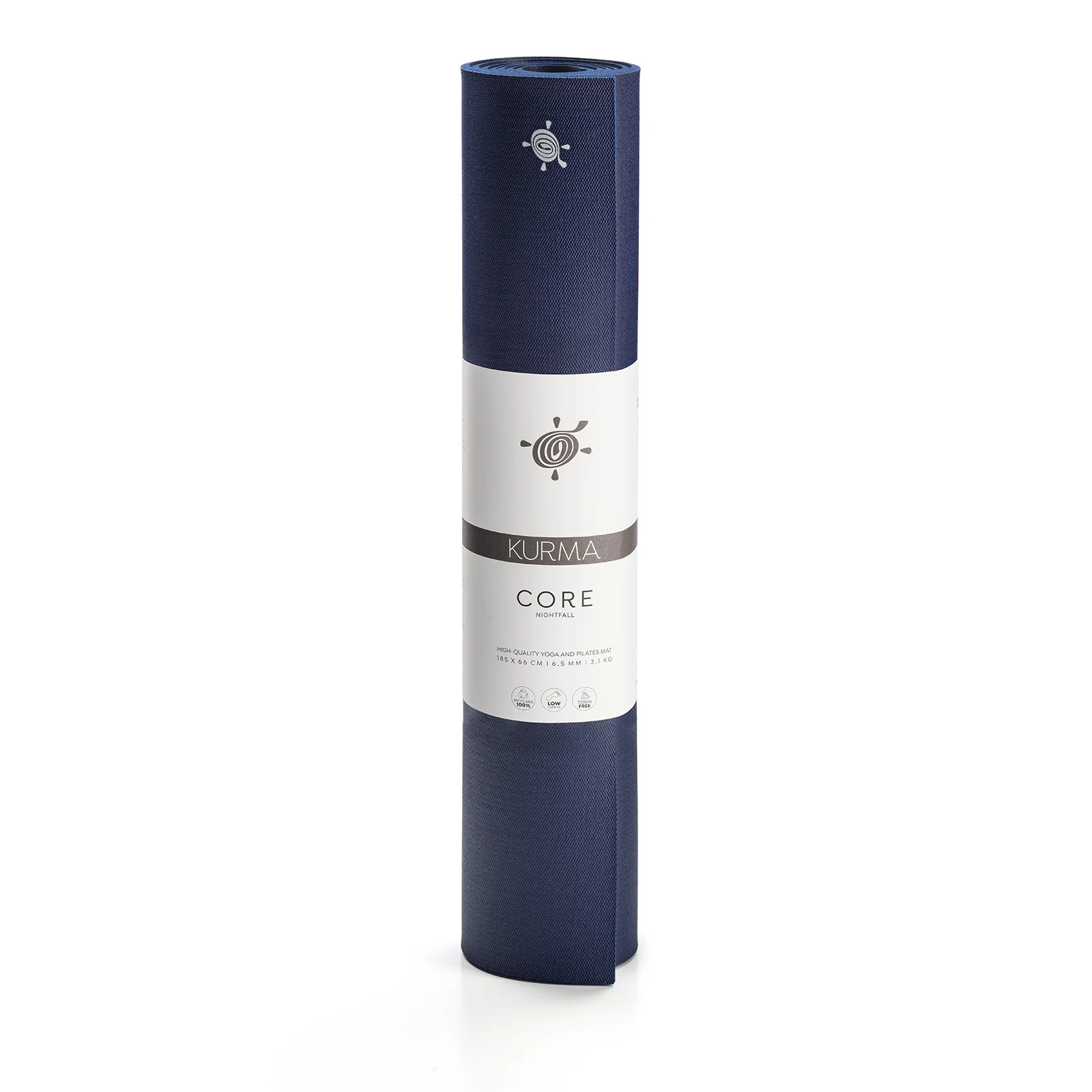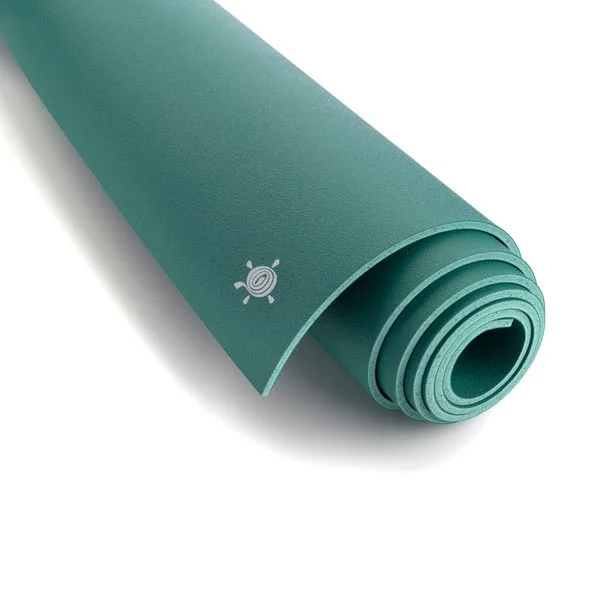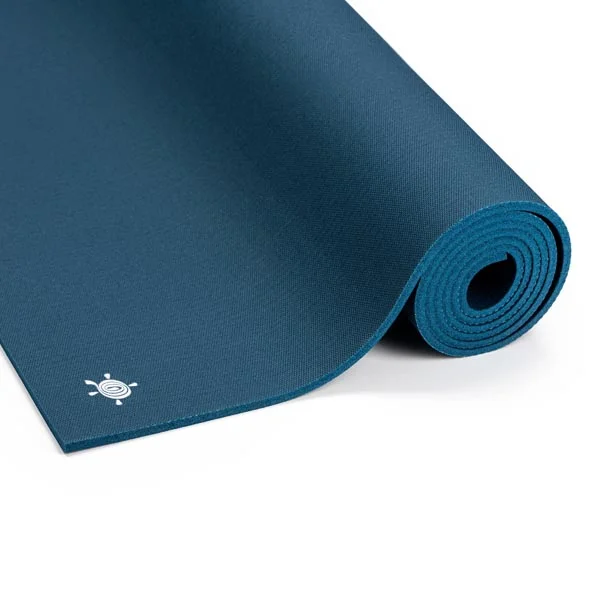Finding the perfect yoga mat can be a challenge, especially when it comes to selecting the right material. With so many options available, it's essential to understand what yoga mats are made of and how different materials can affect your practice. In this blog, we'll explore the most common materials used in yoga mats and help you decide which one is best for your needs.
What Is a Yoga Mat Made Of?
Yoga mats are crafted from a variety of materials, each offering unique benefits. The most common materials include:
- PVC (Polyvinyl Chloride)
- Natural and Synthetic Rubber
- TPE (Thermoplastic Elastomers)
- EVA (Ethylene Vinyl Acetate)
- PU (Polyurethane)
- Cork
- Cotton
- Wool
Some mats even combine materials like cork and rubber or microfiber fabric and rubber, providing a wide range of choices for yogis. The vast selection of yoga mats on the market can feel overwhelming, but understanding the pros and cons of each material can simplify your decision.
Popular Yoga Mat Materials Explained
PVC Yoga Mat
PVC is a durable, flexible material commonly used in yoga mats. A high-quality PVC yoga mat, such as the KURMA CORE 6.5 mm, can last over 10 years. These mats feature a closed-cell surface, making them easy to clean and resistant to moisture absorption. While PVC mats provide excellent grip during dry practices, they may not be ideal for hot yoga or practices where excessive sweating occurs.

Natural Rubber Yoga Mat
Many yoga practitioners opt for natural rubber mats due to their eco-friendly reputation. Natural rubber yoga mats, like the KURMA GECO Lite, offer excellent grip and are perfect for those with sweaty hands. However, natural rubber mats require regular cleaning and should be kept out of direct sunlight to prevent oxidation. While rubber mats are often marketed as sustainable, their production does involve the use of some chemicals and synthetic rubber.

PU Yoga Mat
PU (Polyurethane) yoga mats are known for their strong grip, even during sweaty practices. These mats are durable and feature an open-cell structure that absorbs moisture, making them suitable for hot yoga. However, PU mats require regular cleaning to prevent bacteria buildup and may not be as scratch-resistant as PVC mats.
TPE Yoga Mat
TPE (Thermoplastic Elastomers) is a recyclable, hypoallergenic material, making it a popular choice for affordable and lightweight yoga mats. While TPE mats are easy to process and environmentally friendly, they may not offer the best grip, especially for practitioners who sweat during their sessions.
Why Choose a Sustainable Yoga Mat?
If you're looking for an eco-friendly yoga mat, consider one made from sustainable materials that are free from toxic substances and produced with minimal environmental impact. KURMA yoga mats are manufactured in Europe using high-quality raw materials from European suppliers, ensuring a low carbon footprint. Unlike many brands that claim their mats are biodegradable, KURMA mats are 100% recyclable, supporting industrial recycling for a more sustainable solution.
Conclusion
When choosing the best yoga mat for your practice, consider your needs in terms of grip, durability, and eco-friendliness. Whether you prefer the durability of PVC, the grip of natural rubber, or the sustainability of TPE, there’s a perfect yoga mat out there for you. Investing in a high-quality yoga mat, like those from KURMA, ensures that you’ll have a reliable, long-lasting, and environmentally conscious mat to support your yoga journey.
Make sure to check out the full range of sustainable KURMA mats for a yoga practice that benefits both you and the planet!



